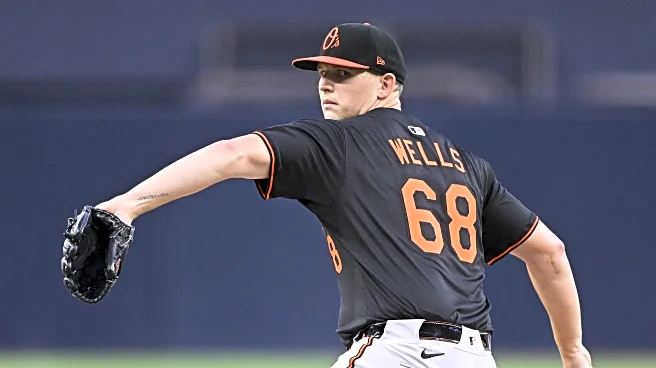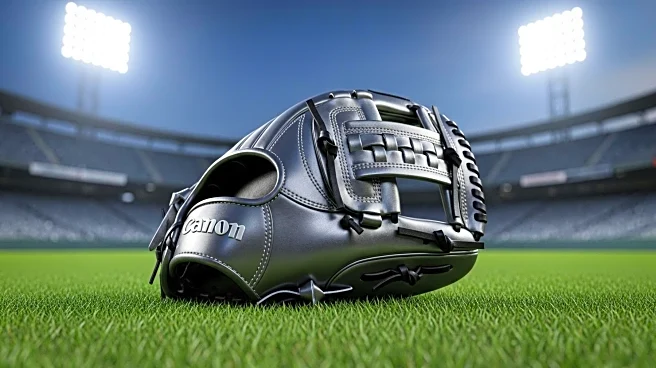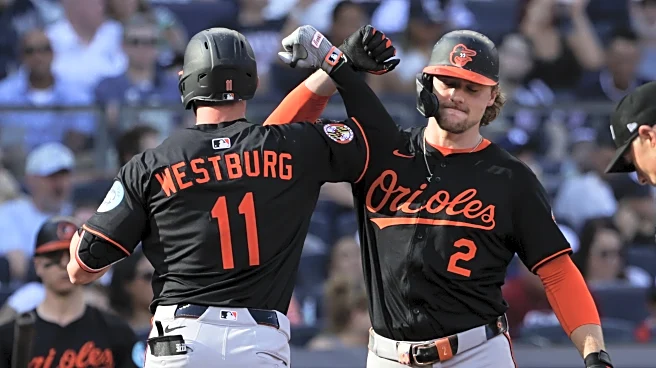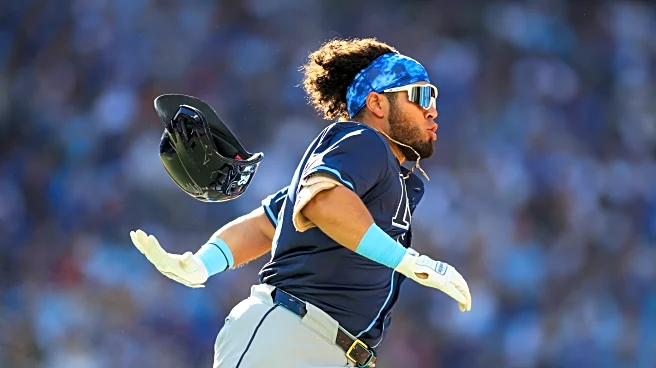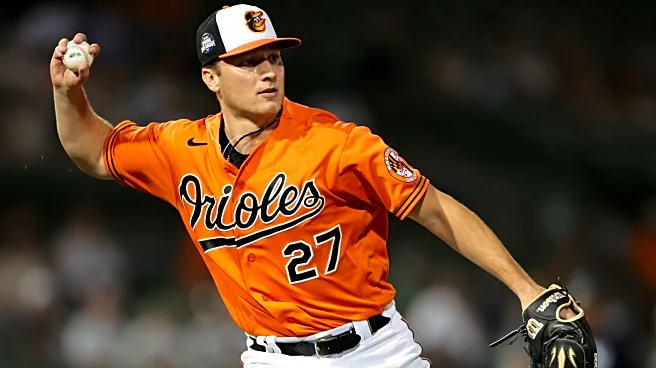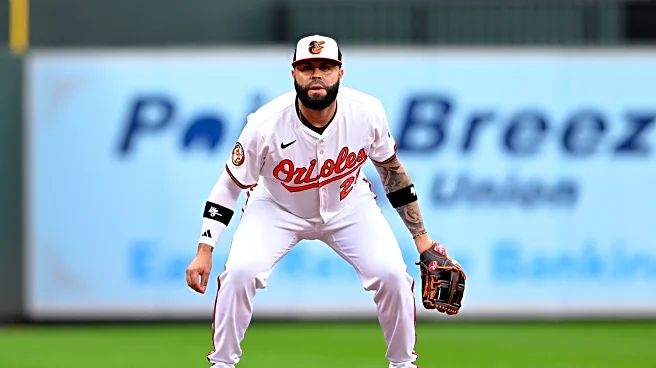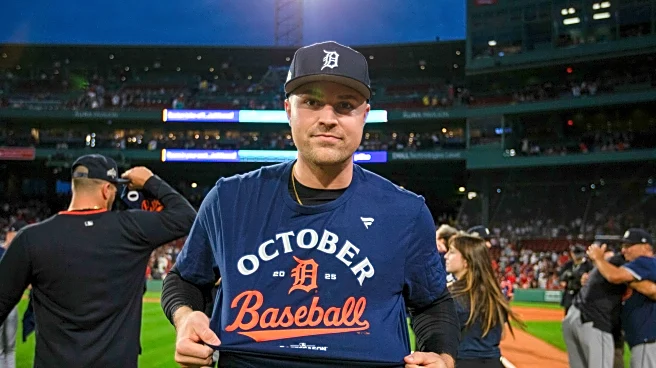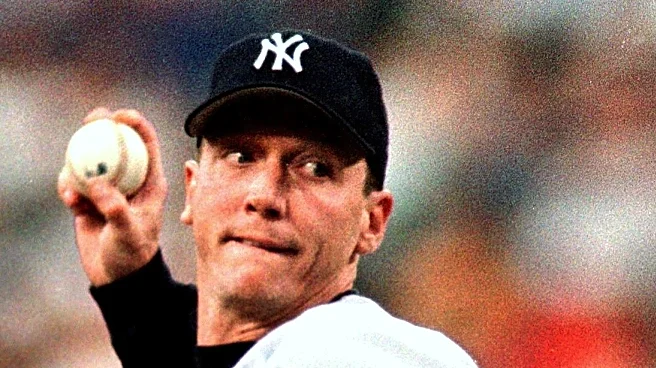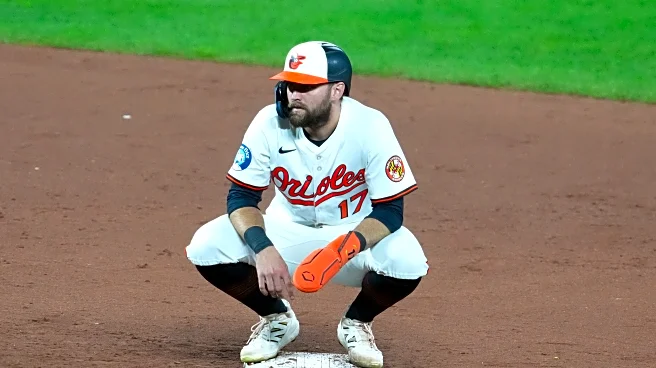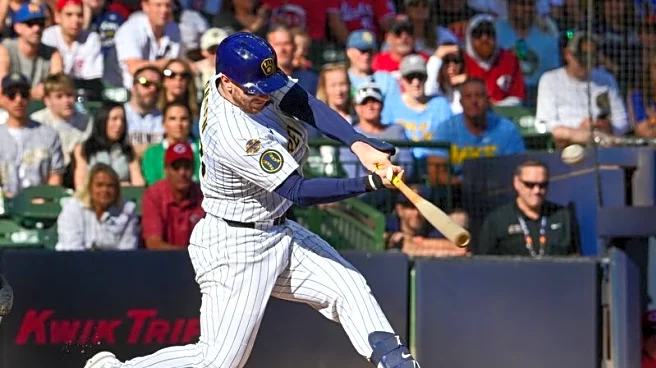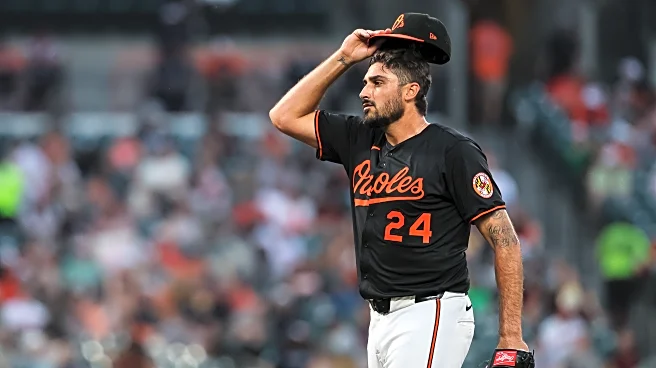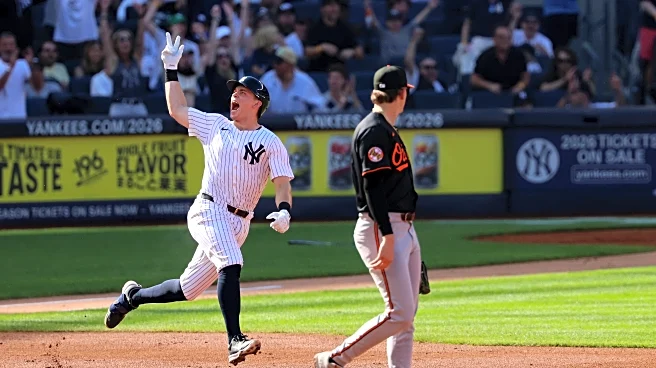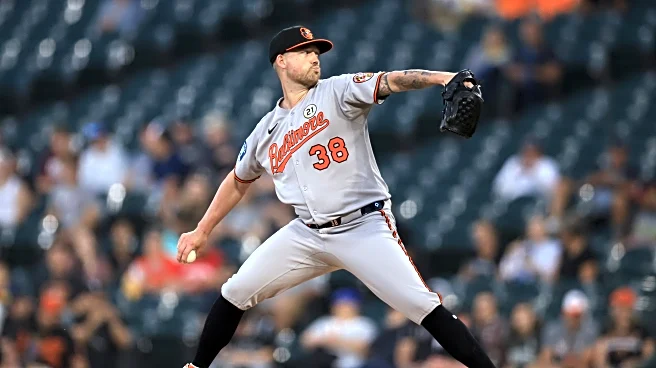Getting back on the field at all in 2025 was a win for Tyler Wells. The 31-year-old had been out since April of 2024 with the second major elbow injury of his career. How he actually performed once he got onto a big league mound was secondary to how he felt and what sort of stuff he was working with. In one of the more pleasant surprises for the 2025 Orioles, not only did Wells return, but he pitched quite well in his brief late-season appearances.
The Orioles (understandably) took their time getting
Wells back up to speed. His rehab assignment saw him take the full 30 days, making six minor league appearances, mostly at Triple-A Norfolk. In total he tossed 25.1 innings on the farm, struck out 24, walked six, and had a 2.49 ERA. He was ready to rejoin the six-man rotation in Baltimore at the start of September.
The move to a six-man setup was done to protect the Orioles arms. Not only was Wells returning from an injury, but so was Kyle Bradish, and Trevor Rogers’ inning load was creeping up as well. Given how far out of the playoff race the Orioles were, there was no reason to push the starting staff.
Ultimately, the 31-year-old Wells would only pitch in four major league games down the stretch, but the overall results were encouraging. Across 21.2 innings, the big righty had a 2.91 ERA, struck out 18, walked two, and had a WHIP of .877. His peripheral numbers weren’t quite as a good (4.15 FIP, 3.37 xERA), but they were still big league starter quality.
Even more important than the stats are the characteristics of his pitches. Wells averaged 92.8 mph on his four-seamer in 2025, a slight increase from where he was (92.5 mph) in 2024 and ‘23. Spin rates were comparable to previous seasons as well. And he never looked wild, posting a minuscule 2.4% walk rate.
Now, the competition in the those four games was not the stiffest: at Padres, vs. Pirates, at White Sox, vs. Rays. But you can only play the teams on your schedule, and Wells made the best of it. He was particularly good against the Pirates, when he tossed 6.2 innings and allowed one run on one hit (solo homer), one walk, and six strikeouts. That’s impressive no matter who is standing in the batters’ box.
The reason for the gap between Wells actual ERA and his xERA is likely due to a few too-good-to-be-true numbers. For example, he left 89.6% of runners on base. His career average is 74.7%. He had a home run per fly ball rate of 11.8% when he has averaged 12.5% in his career, which is significant for Wells because he has always been a fly ball pitcher. That was particularly prevalent this September (54.8% fly ball rate).
Over a full season, we would expect Wells to put up the sort of numbers he has throughout his career. That would make him a solid starting option at the back of your rotation, but one that has never thrown more than 118.2 big league innings in a single season. That is what makes his future role rather murky.
Throughout his career, Wells has bounced between the rotation and the bullpen based on the Orioles needs. The former Rule 5 pick has pitched in 99 career MLB games, 49 as a starter and 50 out of the bullpen. Heading into 2024 he seemed ready to take on a big role in the bullpen, but injuries in the spring pushed him back to the rotation, where he then got hurt himself. As the Orioles enter a pivotal offseason, it is not clear what the team is planning for him in 2026.
Mike Elias was non-committal about Wells in his end-of-season press conference. He said “it’s always a little bit tempting to have the reliever conversation with him. But if you got a guy that can start and be good as a starter, that’s really valuable, and you always try to stick with that…Whatever he’s doing next year, he’s going to be a big part of the pitching staff, but we’re planning on him as a rotation option over the course of this winter.”
So, for now, he is in the rotation. But at the same time, the Orioles are expected to pursue rotation upgrades. USA Today’s Bob Nightengale reported that the Orioles are seen as “the most aggressive team looking for pitching this winter.” This is the sort of thing that did not need to be reported. The Orioles need to rebuild their bullpen, and they have to take bigger swings at reinforcing their rotation. Of course they are going to add arms.
Wells is not a lock to start going into 2026. Bradish and Rogers are the current front two in the rotation and Kremer fits so well as a backend option. If Grayson Rodriguez is healthy (a big “if”) he would also seem to have the upper hand on a rotation spot. If the Orioles add just one more major league quality starter, that could be enough to boot Wells from the mix.
That brings us to the bullpen. August and September were basically an open try out, and some of the those that featured late in the season will be part of the Opening Day relief group. But additions will have to made, particularly in the high-leverage roles. Wells has had major league success as a reliever and could make a lot of sense out there again in ‘26. Whether or not that happens right at the start of the season will depend on what the front office gets done this winter.
So for Wells, as much as things change the more they stay the same. His presence is essentially a big insurance plan for Elias. The team would feel confident enough in Wells starting games early in the season, buying them time to trade for another starter sometime during the season. And if they are able to nab an upgrade to the rotation, then Wells solves a bullpen issue for them.
It’s probably a frustrating position for Wells, who undoubtedly wants to be a full-time starter. The fact that he is willing and able to do both is extremely valuable for the 2026 Orioles. It would surprise no one if he spends time in both the rotation and the bullpen next season.
Tomorrow: Cionel Pérez
